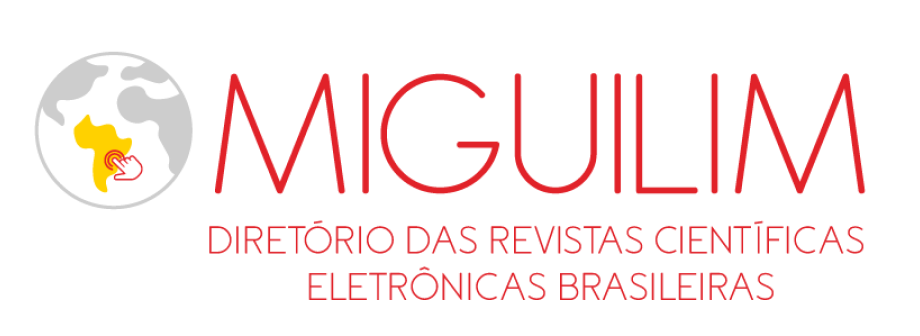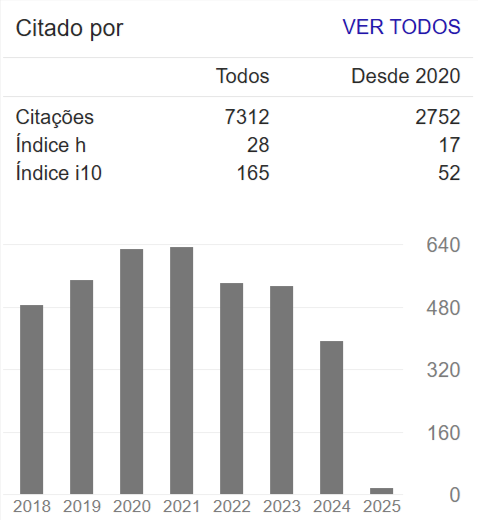Mapping and evaluation of water quality from alternative sources of catchment in the Astolfo Dutra city
Abstract
Water is very valuable for the maintenance of life and for the country socioeconomic development. The lack of rainfall combined with human actions decrease water levels. Therefore, several measures are taken for the rational use of water, such as the graywater reuse and rainwater collection. In this work an alternative sources mapping (semi-artesian wells, mines and cisterns) of water in the urban perimeter of Astolfo Dutra-MG City was carried out, as well as the physical-chemical and microbiologicals analyzes of the samples collected. According to results obtained from volunteers’s interviews and collected data, 49 cisterns, 18 mines and 23 semi-artesian wells were identified. 25% of the water samples of alternatives sources were collected for analysis. Among the collected water samples and analyzed, 13 water samples were contaminated by total coliforms and one by thermotolerant coliforms. For the Iron analyzes, 7 water samples were above the permitted levels by legislation. Only 5 of the analyzed samples were potable. About the interviews in the city's communities, 80% of users employ the water for consumption and the most users consider these sources potable for ingestion. It was also observed that cisterns, mines and semi-artesian wells were in inadequate conservation conditions compromising the water quality.

















